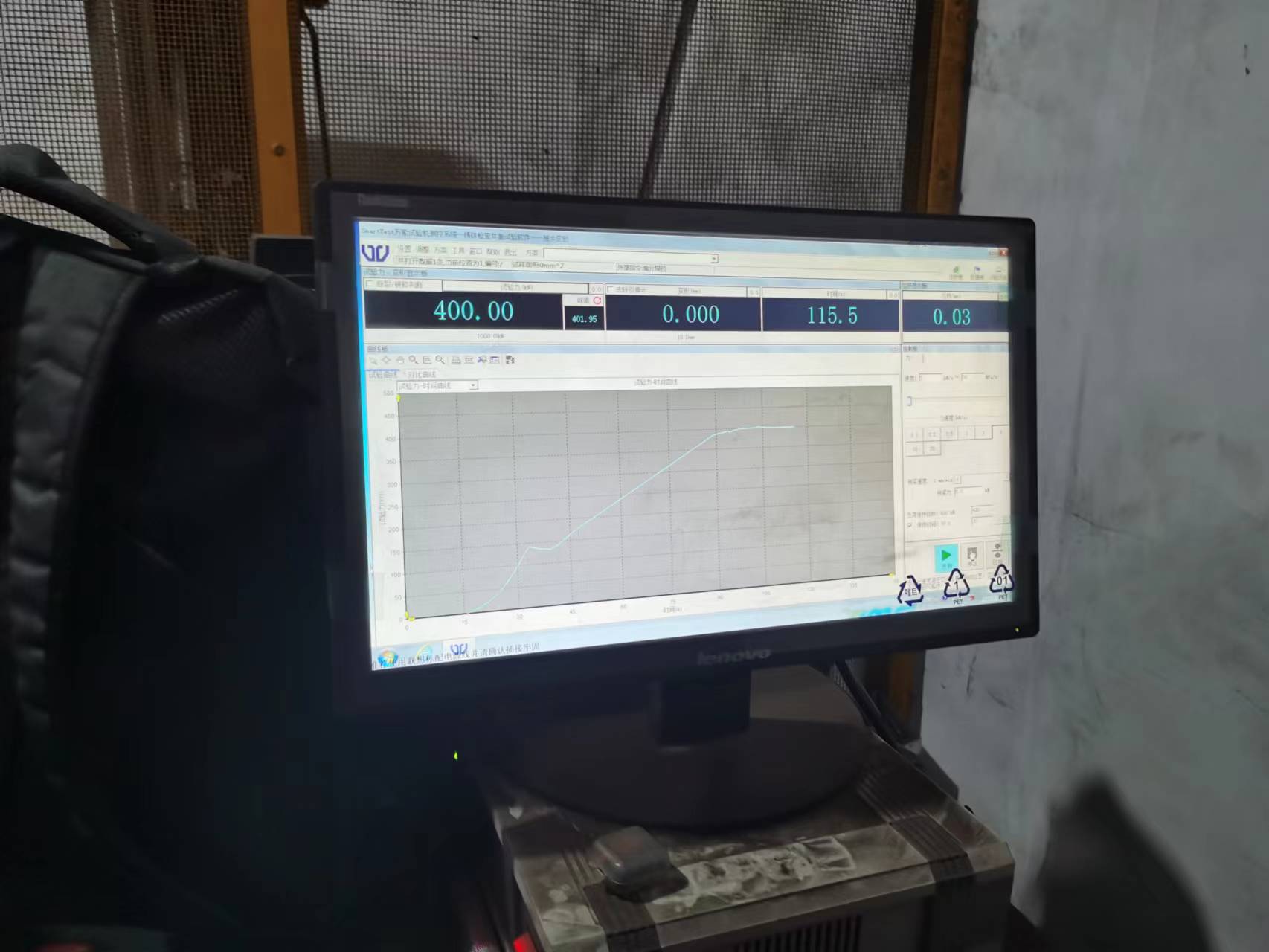Effective Methods for Steel Pipe Repair and Maintenance Efficiency
Effective Steel Pipe Repair Techniques Ensuring Longevity and Safety
Steel pipes are a fundamental component in various industrial applications, ranging from oil and gas pipelines to water distribution systems. Given their importance, maintaining the integrity of steel pipes is crucial to ensure the reliability and safety of these systems. Over time, steel pipes may develop issues due to corrosion, mechanical damage, or environmental factors, necessitating effective repair techniques. This article discusses several common methods for repairing steel pipes, emphasizing the importance of timely intervention and innovative solutions.
Effective Steel Pipe Repair Techniques Ensuring Longevity and Safety
For more severe corrosion or structural damage, pipe replacement may be necessary. However, this can be a costly and time-consuming endeavor. In such instances, a process known as “pipe relining” can provide a viable alternative. This technique involves inserting a new lining into the existing pipe, creating a new, smooth surface. The process typically uses a polymer material that bonds to the interior of the old pipe, effectively restoring its structural integrity. Pipe relining not only minimizes downtime but also utilizes the existing infrastructure, making it an environmentally friendly option.
steel pipe repair

Another effective method for repairing steel pipes is the use of clamps and mechanical connectors. This approach is particularly useful for managing leaks or cracks. Specialized clamps can be installed around the damaged area, providing immediate support and containment. Mechanical connectors, on the other hand, can be utilized to join sections of pipe or repair large cracks and leaks. These methods are advantageous because they can often be executed quickly without the need for extensive excavation or replacement.
Welding is another traditional yet effective technique for repairing steel pipes. Experienced welders can address small cracks or holes by welding patches over the damaged areas. This method is particularly effective for high-pressure applications where integrity is paramount. However, it requires skill and must be performed in accordance with safety standards to prevent any further weakening of the pipe material.
In addition to these repair methods, regular inspection and maintenance are critical for preventing significant damage to steel pipes. Implementing a scheduled inspection routine, using advanced techniques like ultrasonic testing or magnetic particle inspection, can help identify potential issues before they escalate. Early diagnosis allows for prompt repairs, reducing long-term costs and maintaining operational efficiency.
In conclusion, the integrity of steel pipes is essential for the smooth operation of various industrial functions. Understanding the various repair methods available—from epoxy coatings and pipe relining to mechanical clamps and welding—equips operators with the tools necessary to tackle pipe-related challenges. By prioritizing regular inspection and adopting appropriate repair techniques, organizations can extend the lifespan of their steel pipes, ensuring safety and reliability in their operations for years to come. Investing in maintenance not only safeguards the infrastructure but also promotes environmental sustainability by minimizing waste and reducing the need for new materials. Through proactive measures, the industry can navigate the complexities of steel pipe maintenance and repair effectively.
-
The Essential Component for Safe Urban InfrastructureNewsMay.14,2025
-
The Backbone of Urban InfrastructureNewsMay.14,2025
-
Practical and Stylish Solutions for Your Drainage NeedsNewsMay.14,2025
-
Lamphole Frame and Cover: Essential for Urban InfrastructureNewsMay.14,2025
-
A Seamless and Aesthetic SolutionNewsMay.14,2025
-
A Must-Have for Safety and DurabilityNewsMay.14,2025
-
Pipe Repair Clamps: Your Ultimate Solution for Efficient RepairsNewsMay.09,2025
